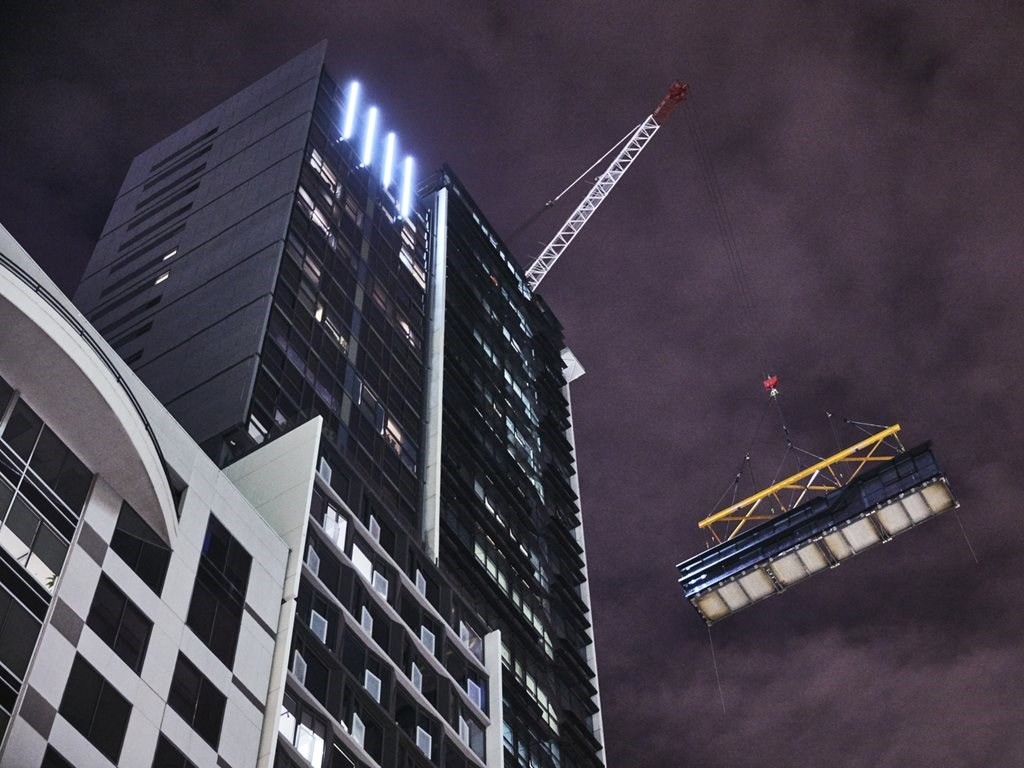Get ready to dive into the fascinating world of reveals in construction – those clever design elements that add depth, dimension, and visual interest to buildings. We’re talking about everything from the elegant frames around windows and doors to the subtle gaps between walls and floors.
These details may seem small, but they significantly impact the look, feel, and even the performance of any structure. Let’s explore the different types of reveals, the materials they can be made from, their benefits, and the secrets of installing them like a pro.
What Are Reveals in Construction – Types & Definitions
Reveals are intentional recesses or grooves incorporated into various parts of a building’s design. Think of them as architectural “negative spaces” that create visual separation and highlight adjacent elements.
They can be:
- Horizontal: These run along the length of a wall, such as where the wall meets the ceiling or where the floor transitions to the wall.
- Vertical: You’ll often see these between walls to accentuate height, or around windows and doors, framing them like works of art.
- Corner: As the name suggests, these soften the sharp 90-degree angles where two walls meet.
What Makes a Reveal?
Reveals are incredibly versatile when it comes to materials. Common choices include:
- Wood: A classic choice that adds warmth and a touch of nature, perfect for traditional or rustic styles.
- Stone: Stone reveals exude timeless elegance and provide a sense of solidity and permanence.
- Metal: For a sleek, modern, or even industrial look, metal is a fantastic option.
- Stucco: This material is incredibly versatile, molding easily into various shapes, making it a favorite for creating weather-resistant reveals.
Design Considerations:
- Width: The width of a reveal determines how prominently it plays with light and shadow, influencing the overall depth and visual impact.
- Depth: A deeper reveal casts a more pronounced shadow, creating a bolder statement.
- Placement: Strategic placement can dramatically affect a building’s look and feel, guiding the eye and highlighting specific features.
Why Use Reveals in Construction – Benefits & Aesthetics
Reveals are far more than just decorative elements; they offer a range of practical benefits:
- Enhanced Visual Appeal:
- They add depth, breaking up flat surfaces and creating intriguing plays of light and shadow.
- They make windows and doors stand out, turning them into focal points.
- Increased Durability:
- They protect window and door frames from everyday wear and tear.
- They act as barriers against water infiltration, preventing damage and costly repairs.
- They add to a building’s overall structural integrity.
- Improved Functionality:
- They provide a buffer zone around doors and windows, minimizing accidental bumps and dings.
- They can cleverly conceal gaps, joints, and wiring, contributing to a clean, polished finish.
Reveals seamlessly blend aesthetics and functionality—you don’t have to choose one over the other.
Choosing the Right Reveal Materials – Durability & Design
Selecting the appropriate materials for your reveals is crucial, considering both their visual impact and their long-term performance.
Durability:
- Location: Consider the environment. Will the reveals be exposed to harsh weather, potential impacts, or high traffic areas?
- Material Strength: Fiber cement and stone are renowned for their durability and resistance to moisture, impact, and weathering.
Functionality:
- Maintenance: Opt for low-maintenance materials that are easy to clean and resistant to moisture, mold, and mildew.
- Performance: Certain materials offer added benefits. For example, some metals can be treated for corrosion resistance, while some woods have natural insect-repelling properties.
Design:
- Style: Consider the overall aesthetic you’re aiming for–modern, traditional, rustic, industrial, etc. – and choose materials that complement that style.
- Texture and Color: The texture and color of the reveal material can significantly impact the visual weight and feel of the space.
Examples:
- For a sleek, modern look: Crisp, clean lines of fiber cement or metal are excellent choices.
- For a more traditional or rustic feel: The natural beauty and texture of wood or stone work beautifully.
Remember, the goal is to select materials that enhance the visual appeal of your reveals while ensuring their longevity and performance.
For users struggling with table construction, our guide on the principles of table construction provides valuable insights. Encountering issues with table outputs? Our rectify the issue what’s the problem resource offers troubleshooting assistance.
[Citation: Bob Vila: https://www.bobvila.com/articles/exterior-moldings-129049/]]
- White Kitchen With Wood Countertops: A Warm Design - January 7, 2026
- Modern Butcher Block Kitchen: Warmth and Style with White Cabinets - January 6, 2026
- White Cabinets with Butcher Block Countertops: A Kitchen Classic - January 5, 2026










